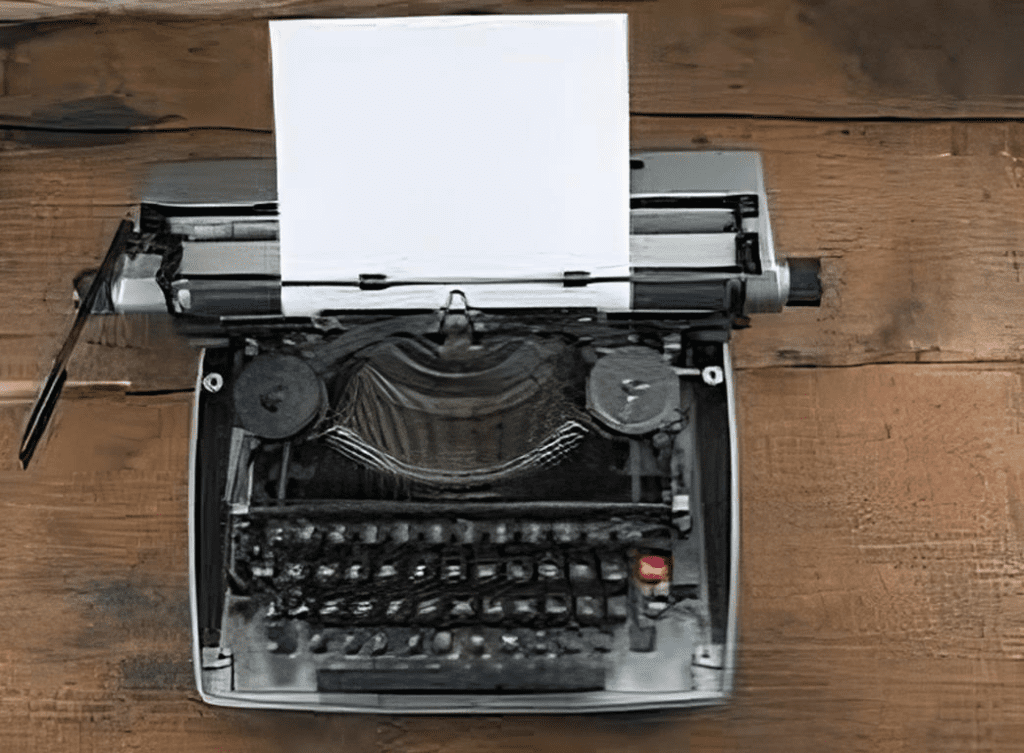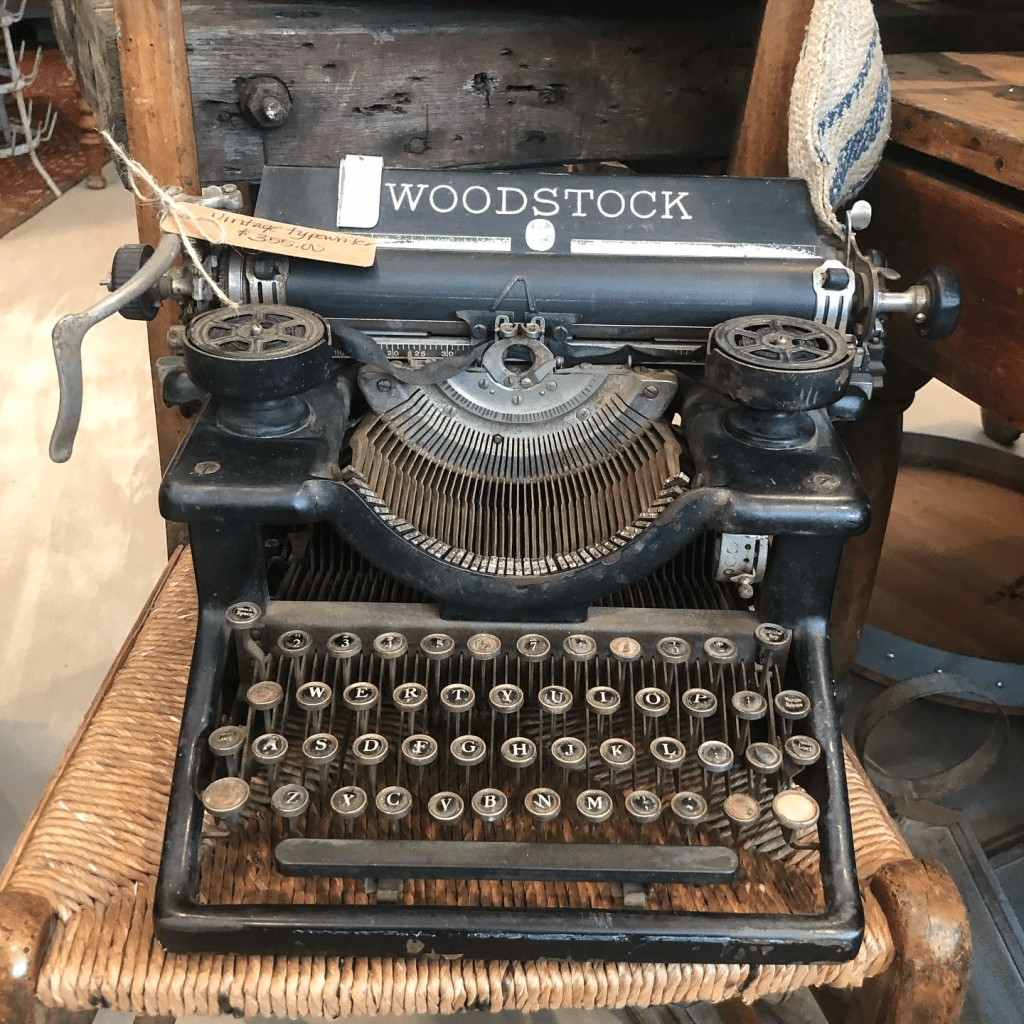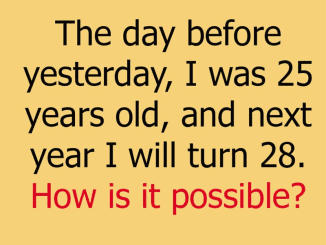In a world dominated by sleek laptops and digital screens, the humble typewriter endures as a beloved relic of a bygone era. With its rhythmic clacking and tangible connection to the written word, the typewriter still captivates writers and collectors alike. So, what makes this vintage machine so appealing in today’s digital age? Let’s explore its history, unique charm, and its place in the modern world.

A Brief History of the Typewriter
The journey of the typewriter began in the early 19th century, as inventors worldwide experimented with various designs to create a machine capable of producing text mechanically. The first commercially successful typewriter, known as the Sholes and Glidden typewriter, was introduced in 1874 by Christopher Latham Sholes. Not only did it become a pioneering tool in the written world, but it also gave us the QWERTY keyboard layout, which is still standard on modern keyboards today.
Over the decades, typewriters evolved, becoming indispensable tools for journalists, authors, and office workers. Brands like Remington, Underwood, and Royal produced sturdy, elegant machines that found a permanent spot on desks around the globe, especially during the 20th century. These typewriters became symbols of productivity and creativity, earning a special place in literary and pop culture.
Why Typewriters Continue to Hold Appeal in the Digital Era
Despite the convenience of modern technology, the typewriter remains a cherished item. Why does it still draw such a loyal following? Here are a few reasons for its timeless charm:
A Tactile Connection to the Written Word
Typing on a typewriter requires more effort than pressing the keys on a digital keyboard. Each keystroke is purposeful, creating a physical connection to the words appearing on the page. This tactile experience makes the writing process feel more intentional, slowing writers down and encouraging them to think carefully about each sentence. For many, it’s a therapeutic exercise, providing a break from the fast-paced world of digital devices.
Freedom from Digital Distractions
In today’s always-connected world, distractions are just a click away. Notifications, emails, and social media alerts constantly disrupt our focus. The typewriter, however, offers a purely offline experience. It’s just you, the keys, and the page. This distraction-free environment allows for deeper concentration, helping writers stay in a creative flow without the temptation of digital interruptions.
Nostalgia and Aesthetic Appeal
There’s no denying the typewriter’s aesthetic appeal. These machines, with their intricate mechanics and vintage designs, are often seen as functional works of art. Many enthusiasts collect them not just for writing, but for their decorative value, as they add charm and character to any room. The sight of a typewriter evokes a sense of nostalgia, transporting us to a time when writing was both a craft and an art.
The Unique Experience of Writing on a Typewriter
Writing on a typewriter isn’t just about producing words; it’s an experience in itself. The sound of each key, the “ding” at the end of a line—every element adds to the satisfaction. Here’s what makes typewriter writing truly unique.

Mistakes Become Part of the Story
Unlike word processors, a typewriter doesn’t allow for easy edits or deletions. Mistakes remain on the page, becoming part of the writing journey. This adds authenticity to the work, as each typo or strike-through tells a small story of the writer’s process. Some writers find that this imperfection makes the final product feel more real and raw.
A Slower, More Mindful Process
The mechanics of a typewriter naturally encourage a slower pace. Each keystroke requires effort, prompting writers to think through their words and sentence structure more carefully. This thoughtful process can feel almost meditative, allowing writers to connect deeply with their ideas.
Typewriters as Collector’s Items and Home Decor
Vintage typewriters have also found a new life as collector’s items and decor. Enthusiasts seek out models from iconic brands, valuing them for both historical significance and craftsmanship. Each typewriter holds a unique story, often giving collectors a sense of holding a piece of literary history.
In recent years, typewriters have also become popular decor pieces, adding a retro touch to modern spaces. Many people place them on desks, bookshelves, or side tables as a tribute to the art of writing. A typewriter in a room often sparks curiosity and admiration, serving as a stylish conversation piece and a symbol of creativity.
How Typewriters Can Enhance the Creative Process
For writers, poets, and artists, the typewriter is a unique tool that fosters creativity. Without digital editing tools, each word must be carefully considered before it hits the page, which leads to more intentional writing.

Focus on Flow Over Perfection
Since it’s difficult to erase or revise, writers on typewriters tend to focus more on the flow of their thoughts rather than on perfecting each line. This encourages a more organic, stream-of-consciousness style that captures raw emotions and ideas.
Encouraging Bold Experimentation
Typewriters create a safe space for experimentation. The permanence of each line encourages writers to let go of self-censorship and explore ideas freely. This less inhibited approach often leads to fresh, bold writing that may not emerge on a computer.
Typewriters in Modern Media and Pop Culture
The typewriter has seen a resurgence in modern media and pop culture. Frequently featured in movies, TV shows, and music videos, it’s often portrayed as a symbol of creativity and intelligence. The familiar “click-clack” of a typewriter is used to evoke nostalgia, signaling that a character is a writer or a journalist. This media presence reinforces the typewriter’s status as an icon, reminding us of its timeless influence.
Typewriters have also become icons of retro style on social media, often displayed as symbols of a simpler time. For many, the typewriter represents a break from our technology-driven lives, reminding us of an era when writing was a slower, more deliberate process.
Conclusion: The Lasting Legacy of the Typewriter
The typewriter is more than just a machine; it’s a symbol of creativity, resilience, and the power of words. In a world where technology is advancing at lightning speed, the typewriter offers a unique, tactile experience that connects us to the roots of writing. Whether used as a creative tool, a collector’s piece, or a beautiful decor item, the typewriter continues to captivate people with its charm and history.
For writers, the typewriter serves as a reminder to slow down, embrace imperfection, and savor the act of creating. The next time you see a typewriter, take a moment to appreciate its legacy. After all, it’s not just a tool—it’s a timeless artifact celebrating the art of writing in its purest form.


